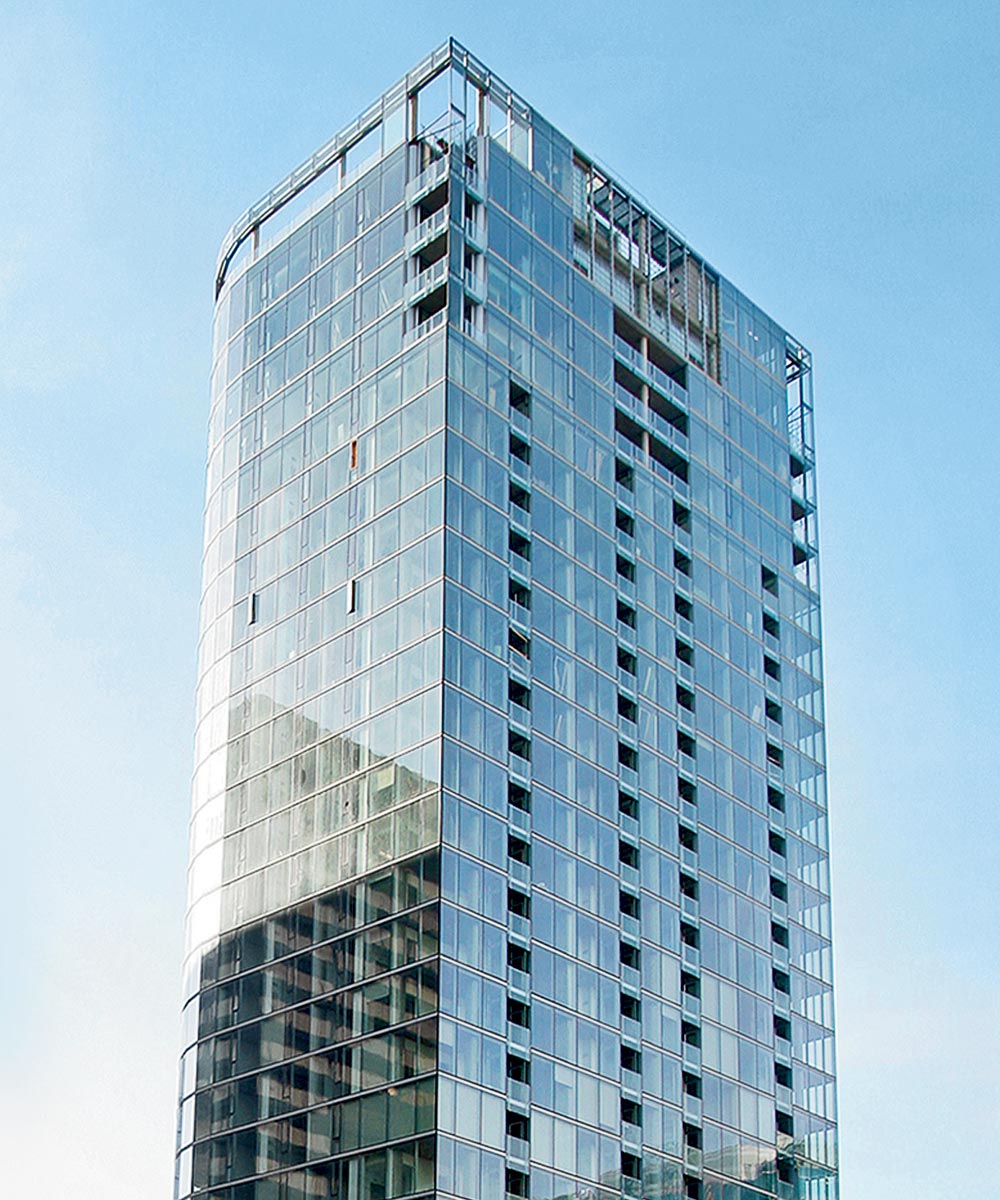A few years ago, Chicago condo owners who decided to rent out their places generally fell into the same category. They were underwater on their mortgages (blast you, housing bust!) but needed to move somewhere else, perhaps for a new job or to accommodate a growing family. Rather than sell their units, they found tenants. And they waited for housing prices to revive.
Prices, of course, have been rising for a couple of years now. Yet instead of dropping, the number of condo rentals is increasing. In the second quarter of this year, renters signed leases for 2,008 condos in downtown Chicago, more than in any other quarter in the past decade, according to the local consulting firm Appraisal Research Counselors. (That number includes only units listed in the downtown area on the Multiple Listing Service of Northern Illinois; the total is therefore higher still.)
Clearly, lots of people are buying condos in the city as investments. The rationale: Most condo prices are still low enough that there are decent deals to be had. And demand for rentals is high, in part because the millennial bulge is coming of age and looking for places to live. As a result, the average downtown residential rent per square foot has risen from $2.17 five years ago to $2.78 today, according to Appraisal Research Counselors. If you plan to retire to a condo downtown in the next couple of decades, as many suburbanites do, buying it now can make a lot of sense. “A lot of my clients are buying now at the prices they want and renting the unit out for the next three or four years,” says Kim Jones, an agent with Baird & Warner.
But before you fork out several hundred grand for an investment condo, know that there is a catch to the Great Rental Surge of 2014. In recent years, some condo associations have imposed restrictions that make renting out units much tougher. That’s because having a high percentage of renters in a building can give the place a transient feel, dragging down the value of everyone’s units. Tom Taylor, a vice president at Draper and Kramer, says that about 20 percent of the 95 buildings his firm manages have enacted rental restrictions since 2007.
No one tracks exactly how many buildings have restrictions, but several brokers in the city estimate about 50 percent of condo buildings limit rentals in some way, most commonly by instituting or raising a cap on the number of rentals allowed in a building. For instance, Streeterville’s 600 North Fairbanks allows no more than 27 percent of units to be rented; prior to 2011, there was no limit. Some buildings impose waiting periods—say, requiring owners to occupy their units for at least two years before renting them out.
Besides the obvious (do your research on a building’s restrictions), local realtors have tips to land the best investment. “Buy in a building with more than ten units, because the possibility of a restriction will be less likely, and flexibility with restrictions will likely increase,” says Mark Wohlgenant, an agent with Coldwell Banker. “And avoid a building that insists on 100 percent owner occupancy—for resale purposes.”



